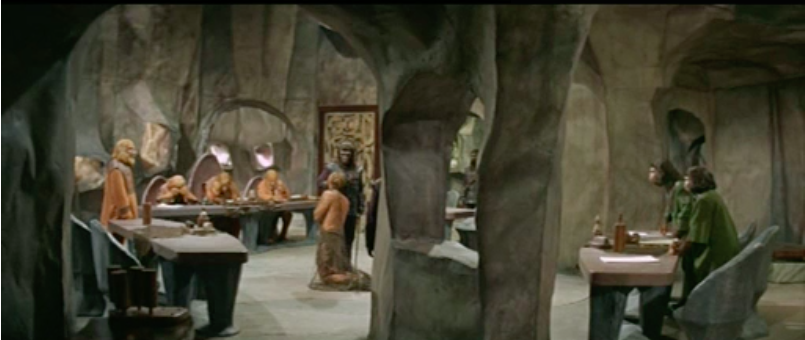Representation of Race through Franklin J. Schaffner’s ‘Space’
By 1968 North America had experienced over a decade of significant political uproar about the oppression that African-Americans suffered from, with this being known formally as the Civil Rights Movement. This was also the year that Franklin J. Schaffner’s Planet of the Apes was released. The film extrapolates issues of race to a dystopian world where ethnic groups are two different species while simultaneously reversing the evolutionary process; Apes are dominant, and men are subject to their mistreatment. The new dimensions that come within the Sci-fi construction satirises the racist attitudes that had proved outrageously conventional by unsettling viewers and causing them to question their expectations. The scene of Taylor’s tribunal is a particularly significant part of this allegory, providing a close inspection on how these attitudes played out in constitutional situations.
This is partly achieved through Zira the Chimpanzee’s role as the voice of rationality. She proposes to the orang-utans, “If he did not come from another planet, then surely he sprang from our own”. Zira uses scientific knowledge to imply that the differences between ape and man are not so great as to justify the prejudice and cruelty that the apes are utilising towards Taylor. This resembles the anti-racism rhetoric of the time but is imploded to dimensions of evolutionary difference between humans and apes and placed within the sci-fi genre. Use of the word “planet” is an example of the discourse that enables this. The amplification of the principle that beings can have greater genetic similarities than apparent based on initial appearances works to ridicule anyone that can’t recognise the triviality of differences between whites and blacks.
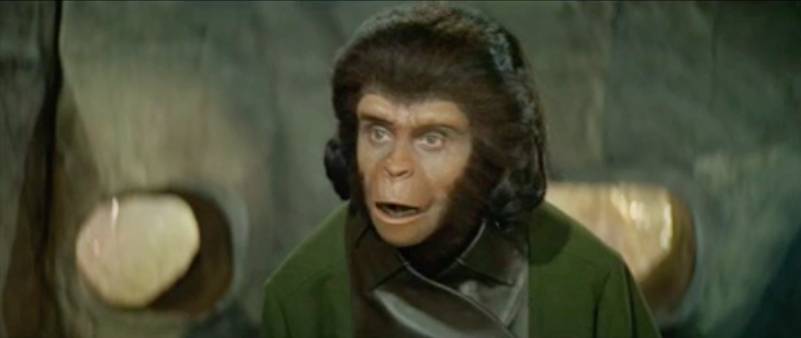
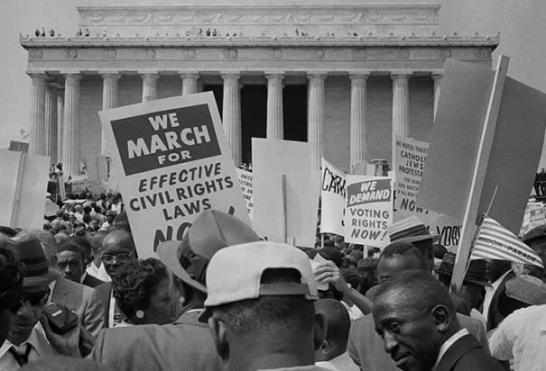
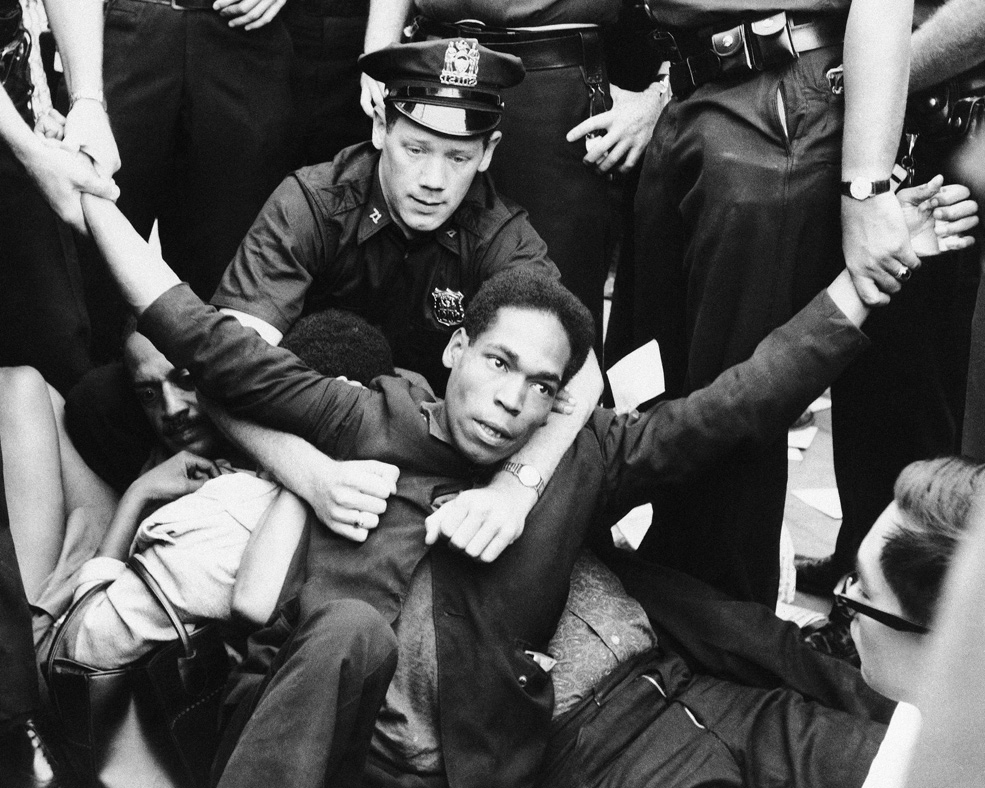
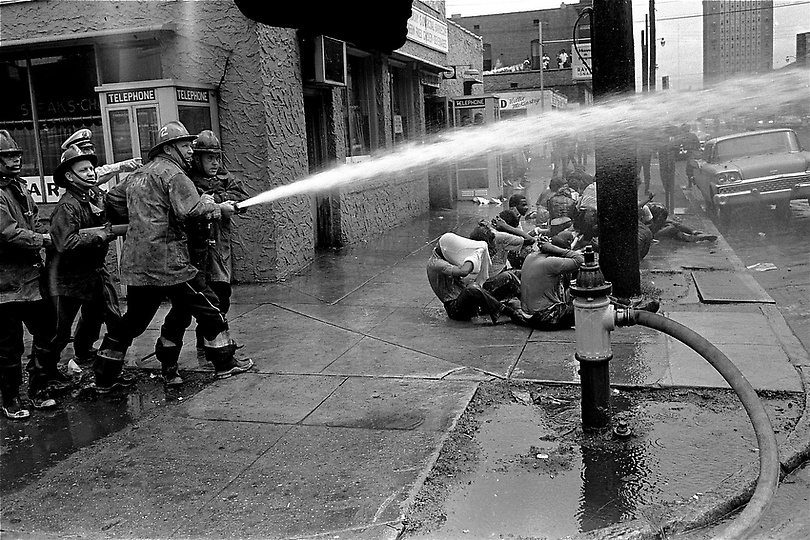
Vivid imagery arises from the response of the three orang-utans. This entails them displaying the expressions of the ‘three wise monkeys’ who see no evil, hear no evil and speak no evil; an ancient proverb that translates to feigning ignorance. The general concept is that blocking your senses to the evils of the world will not make them disappear, but it is relevant in this scene by symbolising how they are blocking out scientific knowledge about Taylor’s relation to them so that they can preserve the rules of society that allow them to be the dominant species, or allegorically, race. The ancient nature of this signifier emphasises the depth of the roots that this discriminatory behaviour goes back through, with ingrained constitutional prejudice being a large part of what the Civil Rights Movement worked against.
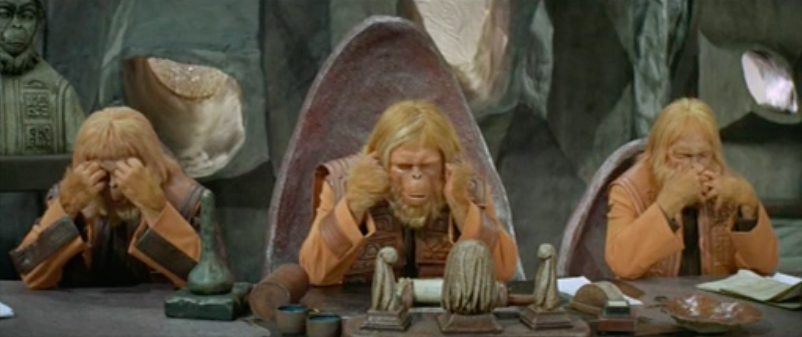

Two separate shots capture the orang-utans in these poses, each lasting a few seconds long to enforce the notion. Other features of the mise-en-scene contribute to the archaic tone that is being created; the stone of the cave mocks the old fashioned mannerisms that authority can depict, with the stone gavel in particular referencing the role of backwardness in the field of justice.
Another image that recurs in different shots throughout the jurisdiction is the whole room in a long shot from the corner. The two chimpanzees are positioned to the right of the screen, the orang-utans to the left, and Taylor frozen in the middle with a pillar next to him. The fragmented nature of the mise-en-scene reflects the barriers in their attitudes and the way that Taylor is caught up in between. Political forces are symbolically surrounding him and showing his lack of control. The slight twitching movements recur amongst the apes to show their dominance, whilst Taylor stays completely still while his freedom has been taken from him.The attitudes of the orang-utans are cast in stone.
